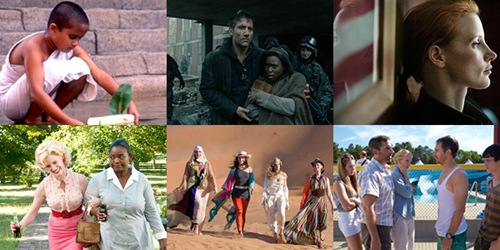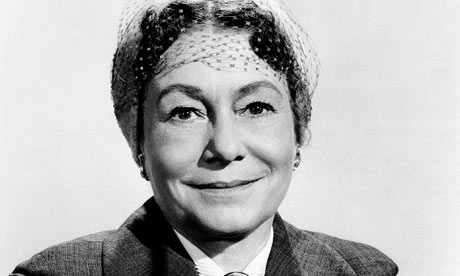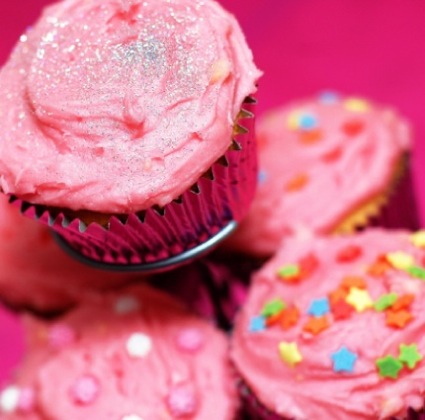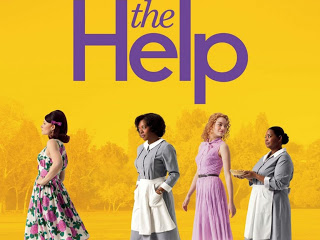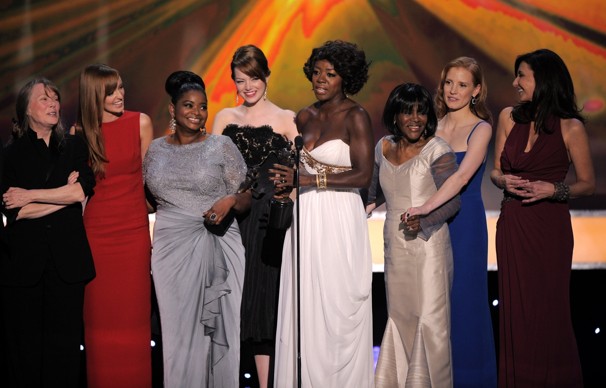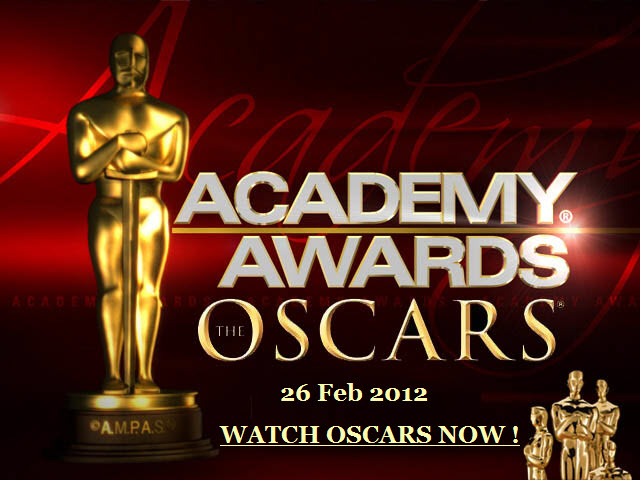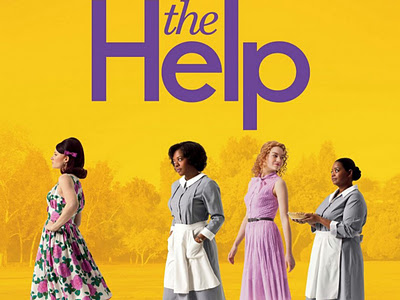Written by Katherine Murray.
All art is political. That’s what they teach you in art school, and it’s what they teach you in criticism school. It’s apparently not what they teach you in Internet troll school. In a turn of events that is both terrifying and depressing, a feminist game critic was recently driven from her home by threats of violence after some men didn’t like a video she made. If you’ve been following the story, one of the ideas that keeps coming up is the notion that this critic was somehow imposing a political viewpoint on a space that was neutral before she arrived. She was, as the troll legends tell it, “ruining” something that was “pure entertainment” by “trying to make it political.”
Film has been treated as an art form, and been subject to the same critical analysis as art, for long enough now that it doesn’t gall people to see a review that focuses on more than the technical mechanics of how the thing was made. Even so, if you’re a critic who’s interested in gender, race, or sexuality, you still get blasted from time to time for “making things political” when they otherwise wouldn’t be.
With that in mind, may I present:
6 Types of Political Movies

1. The Message Movie
The Message Movie explicitly takes a position on some political topic. Brave is about how women have the right to choose their own destinies. Born on the Fourth of July is an indictment of the Vietnam War. Quills at least thinks it’s about how freedom of expression is the most important good.
Message Movies don’t have to be blunt and simple – and I would argue that Brave and Born on the Fourth of July are fairly nuanced in their presentation – but the blunt, simple movies are the ones that are easiest to point to.
For example, Water, directed by Deepa Mehta, is a really nice-looking two hour lecture on how the Laws of Manu have led to women’s oppression in India. The two main story lines – about a young woman who’s forced into prostitution and then shamed into killing herself, and a child bride who becomes impoverished after the husband she’s only met once leaves her a widow – are shaped explicitly to drive this point home, and the movie ends with a third woman chasing after Gandhi’s train, begging him to help the untouchables.
Whether or not you agree with the film’s position on the issue – and I certainly don’t know enough about it to offer an opinion – Water is very straight-forward in its message and intent. It would be hard to walk away from it thinking that it wasn’t political, even if you didn’t know that Mehta’s films have sparked violent protest in India.
The Message Movie is the easiest kind of movie to discuss from a political point of view, because it frames the questions for you and draws attention to the issues it wants to debate.
Likelihood that you’ll get blasted for thinking the film is political: 1 percent – even if we don’t all agree with or about the film’s message, we all understand that it’s trying to tell us something. Most people think it’s fair play to discuss that.

2. The Implied Message Movie
The Implied Message Movie still offers a strong point of view on political issues, and still seems to be doing it deliberately – it’s just not as explicit as the Message Movie.
One of my favorite films ever, Children of Men, mashes together everything wrong in the world, from terrorism to racism to wrongful imprisonment to war, but never didactically spells out its message for viewers. At the same time, no one would leave the theater believing that director Alfonso Cuarón is agnostic about immigration policy or the human rights abuses at Abu Ghraib. The movie is full of disquieting, uncomfortable scenes and topical imagery that make the director’s position on real-life issues quite clear.
It’s the same way that no one would watch Brazil and walk away thinking, “I’m optimistic about the moral path our bureaucratic culture will be walking,” or feel like racial tension is not a pressing issue, based on watching Crash.
The Implied Message Movie has clearly dipped its oar in the river of politics, and has ideas it wants to share with us, even if they aren’t packaged and delivered quite as neatly as the message in the Message Movie.
Likelihood that you’ll get blasted for thinking the film is political: 30 percent – depending on how abstract the movie’s themes are, there’s a chance someone will tell you that you’re ruining it by making it about real life.

3. The “I’m Just Telling You What Happened” Movie
The “I’m Just Telling You What Happened” Movie also has its oar in the river of politics, but it resists pushing off in any particular direction. Biographical movies, or movies based on a true story, are especially likely to land in this category, since the filmmakers may feel that they shouldn’t “impose” a viewpoint on events.
Zero Dark Thirty, which is about the hunt for Osama Bin Laden, was controversial, in part, because it didn’t come right out and say that torture was wrong. The scenes depicting torture are filmed in a cold, emotionally detached way, often taking us outside the point of view of either the victims or the perpetrators. Rather than discussing whether what happened was right or wrong, Zero Dark Thirty seems more interested in exploring the motivations behind it, from a fairly non-judgmental standpoint.
Michael Moore has a pretty persuasive argument for why the film is actually an indictment of torture as an interrogation technique, but your opinion on the events of the film will mostly depend on your opinion of torture in real life.
12 Years a Slave, though it’s not likely to be mistaken for a pro-slavery movie, is also far more interested in exploring the social and psychological dynamics of slavery than in arguing for why it’s wrong. As compassionate human beings, of course we understand that what we’re seeing is wrong, but the movie is leaving us to do the ideological work on our own.
Whereas Zero Dark Thirty and 12 Years a Slave use politically charged issues as their primary content, straight-up biographical movies like Walk the Line and The Runaways – especially when the subjects or direct descendants of the subjects are alive – often try to take a non-judgmental attitude toward the characters, simply reporting what they did, without examining the larger context.
In either case, the “I’m Just Telling You What Happened” Movie leaves you on your own to decide how you feel about what happened and your feelings are probably based on information drawn from outside the film.
Likelihood that you’ll get blasted for thinking the film is political: 30 percent – depending on how central the issue you want to discuss is to the movie’s themes, you may be accused of reading something into it that isn’t there.

4. The “Let’s Find Something Pleasant to Agree About” Movie
The “Let’s Find Something Pleasant to Agree About” Movie tells a benign, feel-good story that reaffirms what its target audience already believes, while steadfastly ignoring anything else that might crop up.
The Help exists to congratulate me, as a white person, for being less racist than the movie’s most villainous character. It invites the audience to identify with white people who Aren’t Racist, and completely limits the scope of its discussion to the Jim Crow era, avoiding any opportunity to draw a parallel or connection between racism as it existed in the 1960s and racism as it exists today.
Similarly, Forrest Gump takes a long tour through twentieth-century American history, reassuring us at every turn, through the simple, home-spun wisdom of its hero, that life is miraculous, love is important, and we should always have faith and feel hope. As Amy Nicholson recently pointed out in LA Weekly, the movie avoids discussing any of the difficult, contentious issues Forrest encounters, from the Vietnam War, to the AIDS crisis, to women’s rights, to civil rights – struggles that defined the national history it’s asking us to feel good about.
The “Let’s Find Something Pleasant to Agree About” Movie doesn’t just leave us to make up our own minds – it actively steers us away from controversial topics by drawing our attention to the topics we’re most likely to agree about.
Likelihood that you’ll get blasted for thinking the film is political: 50 percent – this is the tipping point where we start to talk about and criticize what’s not in the movie, and people don’t like that as much.

5. The Helpless Shrug and Hand Wave Movie
The Helpless Shrug and Hand Wave Movie is aware that it should probably say something about the issues that it’s raised, but it would rather just do that quickly so it can move on.
Sex and the City 2, for example, makes the bizarre, kind-of-orientalist decision to send its characters to Abu Dhabi for most of the film. Once there, they are, of course, confronted with the very complicated and difficult issue of women’s rights within the UAE, which they address by:
- Treating it like it’s none of their business, so they can have fun riding camels
- Trying to make a culturally sensitive statement about how it’s probably OK to wear a veil
- Deciding that the women of Abu Dhabi probably have things under control, since they meet to wear make-up in secret
- Behaving in culturally inappropriate ways and then acting surprised when people get angry about it
- Spilling a bunch of condoms all over the street and then screaming at people
Sex and the City 2 is in no way equipped to discuss a topic as complex and politically volatile as women’s rights in the UAE, and it doesn’t really want to do that, either. Instead, it awkwardly fluctuates through a series of attitudes wishing, like so many wayward travelers, that someone else’s political conflict didn’t have to ruin its vacation.
Similarly, 22 Jump Street, which I wrote about earlier, is aware that it should say something about gender and sexuality, given that so many of its jokes are essentially gay jokes, underneath. The best it can manage is an inconsistent pastiche of ideas, in which its characters sometimes deliver humorously-timed lectures on tolerance and equality.
The Helpless Shrug and Hand Wave Movie acknowledges that there’s something we might want to discuss about its content, but quietly begs us to just let it go.
Likelihood that you’ll get blasted for thinking the film is political: 50 percent – depending on how graciously the film has requested that you not do this, and how entertaining it otherwise is, you might get told you’re a buzz-kill.

6. The Invisible Perspective Movie
The Invisible Perspective Movie realistically presents ideas and attitudes that are so normalized within our culture that we’ve forgotten that they form one particular perspective, rather than an objective view of reality.
In The Way Way Back, the film’s teenage protagonist forms an emotional bond with a surrogate father figure who helps him come of age as a man. The film, which is otherwise very thoughtful and enjoyable to watch, takes for granted that part of becoming a man involves learning to objectify women, and battling with other men to win a woman’s loyalty.
Someone watching the movie might say, “Well, that’s what boys learn to do,” and I’m sure that, for some boys, it is. But the fact that the movie doesn’t label or examine this as a political issue – the fact that it treats this as a completely unremarkable feature of gender – doesn’t mean the issue’s not there.
Edge of Tomorrow casually presents a female soldier as being competent and skilled – something that many critics did comment on, since it’s not what we usually see – and it also casually presents the fact that the male soldiers she serves with don’t like her and call her “Full-Metal Bitch” behind her back. Both of those things – the idea that a woman can be a competent soldier and the idea that that means nobody will like her – have political meanings, though you might notice only the first one – or neither – on the first pass.
Every movie that exists is made from a certain perspective, whether the movie calls attention to that perspective or not. And, since we live in a world full of constant political struggle, the perspective a movie is made with can necessarily be read as offering a political viewpoint.
That doesn’t make the movie good or bad – The Way Way Back doesn’t “lose” at politics because it didn’t spend a lot of time interrogating its perspective on gender – it just means that we frame our discussions about it differently. A movie that isn’t specifically trying to impart a political message is still a mirror to the culture that produced it and, by examining what we see in the mirror, we can learn new things about ourselves.
Critics add the most value when they talk about things that aren’t obvious, and help us to consider our assumptions from an alternate perspective. They do, indeed, “go looking for things” to talk about rather than taking films at face value, because that’s how you engage with art as something that’s culturally relevant.
Likelihood that you’ll get blasted for thinking the film is political: 99 percent – people hate it when things are culturally relevant.
Katherine Murray is a Toronto-based writer who yells about movies and TV on her blog.
